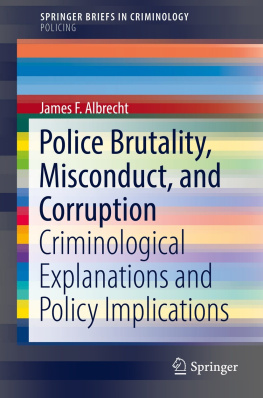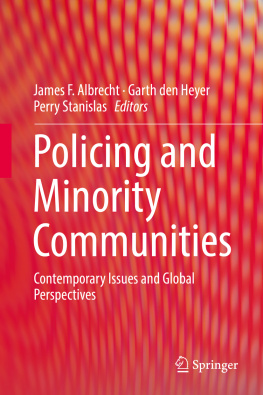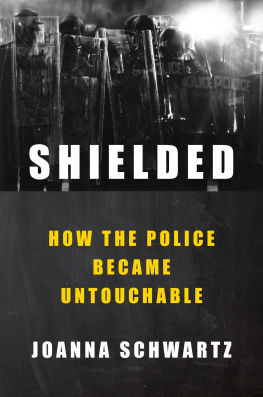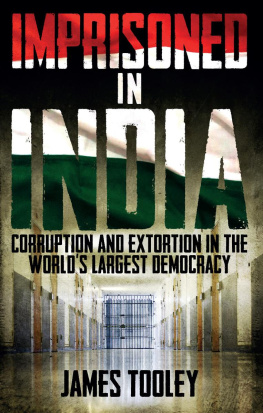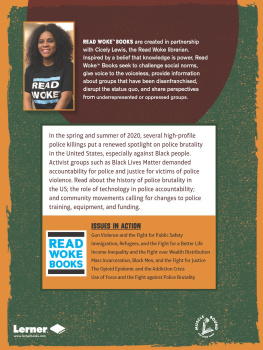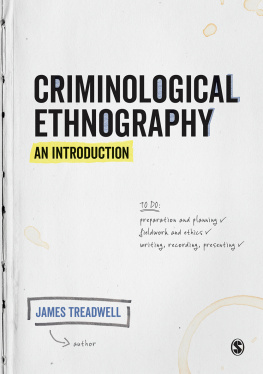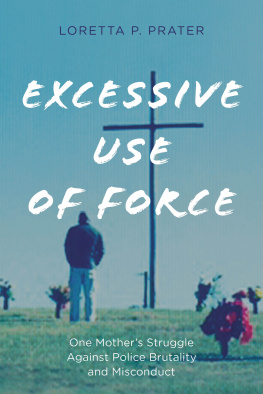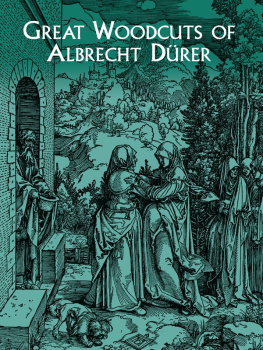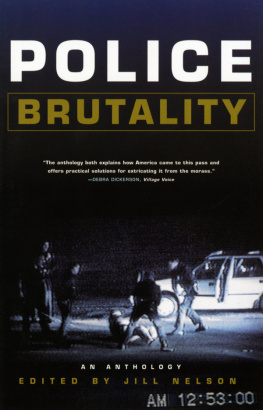1. Introduction and Overview
Introduction
One of the most contentious issues impacting America today is the perception that police personnel in the United States have consistently acted in an abusive and corrupt fashion, particularly as it relates to their interaction with minority group members. When these allegations have been substantiated, law enforcement administrators often react on a case-by-case basis, without routinely acknowledging systemic or organizational trends that may warrant more comprehensive action.
The Need for a Clear Typology for Police Deviance
One of the flaws in many prior studies is that researchers have attempted to explain unacceptable police practices uniformly while not acknowledging that there are clear distinctions across the spectrum of potential deviant police behaviors . As such, in order to better grasp the plethora of concepts and variables that are commonly referred to as police deviance, it would be beneficial to specifically define the different types of serious police misconduct. A close examination of these incidents nationally (and globally to a general extent) has revealed to the author that police deviance can be categorized into five basic types:
Police corruption
Police criminality
Excessive use of force
Abuse of authority
Police misconduct
This typology will ultimately permit tangible analysis and theoretical discussion.
Understanding Police Deviance
To be more specific, police corruption involves situations when police officers lose integrity in their professional actions and accept benefits or rewards in exchange for violating their mandated responsibilities. Examples include bribe receiving, receiving reward for official misconduct, and official misconduct. Police criminality occurs when police officials engage in direct acts of crime, such as robbery or theft, whether on or off duty. The use of excessive force involves engaging in menacing (i.e., threatening with a weapon) actions, assault, battery, and perhaps murder, when it is not legally justified while acting in the capacity of a police professional. Abuse of authority involves violating the legal mandate of the police position. Such infractions could include illegal stops, searches, and arrests. Finally, police misconduct includes acts that violate the rules and regulations of the respective law enforcement agency. Such agency infractions could include arriving to work late or an unprofessional appearance (which could be indicators of other serious personal issues that could negatively affect police performance). By understanding the distinctions between these misbehaviors, researchers can more easily incorporate theoretical analysis into future research endeavors. As a direct result, many sociological and criminological theories can be applied to the distinct tendencies and patterns that have been revealed.
Examining Police Deviance Through Trends
In order to better understand the patterns apparent in American policing as it relates to police deviance, historical trends in the United States over the last five decades will be evaluated, and specific incidents of serious police misbehavior occurring within the New York City Police Department, a large urban law enforcement agency often viewed as a trend setter (but not always for positive accomplishment), the Los Angeles Police Department, and other American police departments will be closely examined. Sociological theories will be applied to apparent patterns that have been revealed.
Research Must Have Purpose: Practical Recommendations
As no research can be considered as meaningful without resulting in practical implications , the sociological theories that have been identified will be followed by recommendations to the pre-employment and in-service practices and policies generally present in American law enforcement agencies in an effort to deter police deviance, enhance organizational professionalism and transparency, and improve executive leadership capabilities.
2. Understanding Police Deviance
Police Deviance in the United States
The United States routinely ranks in the top 20 nations (of 182 United Nations member states) when the public perception of government corruption is ranked. However, the United States has consistently received a score that indicates that the public believes that approximately 2530% of American government officials engage in acts of corruption (Transparency International ). Clearly this is alarming, but this would be even more disturbing if the agencies responsible for enforcing the law were excessively involved in these practices. Fortunately the evidence appears to point predominantly in the direction of private corporations and special interest groups attempting to obtain advantages within the political arena.
When the American law enforcement profession was recently examined, the rate of police misconduct within the United States was noted to be below 0.5%, i.e., less than half of 1% of all police personnel had been the subject of allegations of criminality or serious misconduct in 2009 and 2010 (Packman ). While ultimately the goal should be total eradication of police deviance, it should be noted that the number of reported incidents of police misconduct is relatively minimal and that many empirical analyses have based their findings on the total amount of allegations made and not the number of substantiated cases or criminal convictions, which undoubtedly would result in a much smaller value for identified deviant police personnel. Regardless, any accusation of police deviance or criminality often taints the reputation of the entire agency involved, and the more sensational cases (e.g., the Rodney King incident in Los Angeles, the Abner Louima attack in New York City, etc.) have often placed the credibility and legitimacy of the entire law enforcement profession into question.
Police Corruption and Deviance: A Brief Literature Review
The first issue that researchers should attempt is to specifically delineate what police deviance is. Unfortunately there is no one common definition or typology for this phenomenon, and many researchers have listed different inappropriate behaviors when discussing the topic. Kappeler et al. () separates the concept of police deviance into three categories, namely, corruption, misconduct, and police crime. We are thus left with no universally accepted definitions or typology for police deviance, police corruption , and other forms of professional abuse and the absence of a distinct typology is apparent. More importantly, this vacuum has often made it difficult for researchers, practitioners, and policy makers to comprehensively address these troubling phenomena.
Theories of Crime and Police Deviance
Many noteworthy researchers have attempted to apply specific theoretical explanations for police deviance or corruption, but there has been no universal consensus as to the specific actions or categories that would define deviant police behavior, nor to the distinct criminological or sociological theories that would help in better understanding these phenomena. One interesting viewpoint promoted by Kappeler et al. () is that deviance must be measured from two separate perspectives, the perception of the actors who are committing the corruption and the other view through the eyes of those who observe, investigate, or research the matter. As such, while the public may view certain actions of the police as being inappropriate or deviant, the law enforcement officers involved, due to the subcultural environment, may believe that their acts should be construed as being appropriate or correct in order to more effectively deter crime and remove criminals from the streets.

